Description
The instruction for medical use of Pantaz Torgovoye medicine a name Pantaz Mezhdunarodnoye the unlicensed name Pantoprazol Lekarstvennaya the Tablet form, covered with a kishechnorastvorimy cover, 40 mg Structure One tablet contains active agent – a pantoprazol of sodium sexivihydrat of 45.200 mg that corresponds to 40 mg of a pantoprazol, excipients: Mannitolum, hydroksipropilmetiltsellyuloza, sodium carbonate anhydrous, calcium stearate, krospovidon, structure of a cover: a kopolimer of methacrylic acid, the dibutyl phthalate, talc purified, a hydroksipropilmetiltsellyuloza, a macrogoal 6000, the titan dioxide (E171), ferrous oxide yellow (E172). The description the Round, biconvex tablets covered with a kishechnorastvorimy cover, light yellow color, having a smooth surface on both sides. Pharmacotherapeutic group Antiulcerous drugs and drugs for treatment of a gastroesophageal reflux (GORD). Inhibitors of the protonew pump. Code of automatic telephone exchange A02BC02 Pharmacological Pharmacokinetics Absorption properties: pantoprazol it is quickly and almost completely absorbed in intestines. At intake the maximum concentration (Cmax) of a pantoprazol in blood plasma is reached in 2-2.5 h and makes 1.15 mkg/ml at a dose of 20 mg and 2-3 mkg/ml at a dose of 40 mg. Absolute bioavailability about 77%. The volume of distribution is about 0.15 l/kg, clearance – about 0.1 l/kg. Linking of a pantoprazol with proteins of blood plasma makes about 98%. Removal and metabolism: pantoprazol it is almost completely metabolized in a liver by means of P450 system CYP2C19 isoenzyme with the subsequent sulphation. Metabolites of a pantoprazol have no significant pharmakodinamichesky activity. The main metabolite is the dezmetilpantoprazola sulfate. About 80% of drug are removed by kidneys, other quantity is distinguished with excrements. Elimination half-life of the main metabolite makes about 1.5 h, a pantoprazol – about 1 h. Despite short elimination half-life after pantoprazol covalently communicates with (N + – K+) ATP-ase, the anti-secretory activity remains more than 24 hours. The plasma clearance of a pantoprazol can decrease slightly or moderately at elderly people. The pharmacokinetics of a pantoprazol remains invariable in a renal failure, but metabolism and removal from an organism can be broken at patients with this disease. A pharmacodynamics Pantaz – H+-K+-ATF-azy inhibitor. Pantoprazol-active agent of drug – reduces level basal and stimulated (irrespective of a type of an irritant: acetylcholine, a histamine, gastrin) secretions of hydrochloric acid in a stomach by braking of activity of H+-K +-ATF-azy in covering cells of a stomach and, thereby, blocks a final stage of secretion (chlorohydrogen) hydrochloric acid. The selectivity is explained by Pantaz’s action only at a certain acidity (rn 3). In a peptic ulcer of the duodenum associated with Helicobacter pylori, such decrease in gastric secretion increases sensitivity of a microorganism to antibiotics. Pantaz has own antimicrobial activity concerning Helicobacte pylori. Does not affect motility of a GIT. The secretory activity is normalized in 3-4 days after the end of administration of drug. At use of drug the increased level of serumal gastrin which is normalized after the treatment termination is observed. Indications – the peptic ulcer of a stomach and duodenum including associated with Helicobacter pylori (in a combination with antibacterial therapy) – Zollingera-Ellison’s syndrome – the gastropathies caused by use of non-steroidal anti-inflammatory drugs (NPVS) – a gastroesophageal reflux disease the Route of administration and doses the Adult: the average therapeutic dose makes 20 mg a day. The maximum dose – 80 mg a day. A pill is taken inside entirely (without making small and without dissolving), washing down with enough liquid. The drug is recommended to take for 1 h till a breakfast, at frequency rate of reception 2 times a day the second dose – for 1 h till a dinner. Duration of a course of therapy is established depending on indications, but it should not exceed 8 weeks. A peptic ulcer of a stomach and duodenum the Recommended dose of drug of 40 mg once a day. The course of treatment at exacerbation of a peptic ulcer of a duodenum makes 2-4 weeks, and a peptic ulcer of a stomach – 4-8 weeks. The peptic ulcer of a stomach and duodenum associated with Helicobacter pylori the Recommended dose of drug of 40 mg twice a day as a part of complex therapy within 7 – 14 days. Zollingera-Ellison Dozu’s syndrome and duration of treatment should be selected individually. The recommended initial dose of drug makes on 40 mg 2 times a day (there is an experience of use of drug in doses up to 240 mg/days). At certain patients duration of a course of treatment reached 2 years. A gastroesophageal reflux disease the Recommended dose of 40 mg once a day within 4 weeks. Depending on a condition of the patient it is possible to continue a course of treatment up to 8 weeks. In erosive cankers zheludochno – an intestinal path, the non-steroidal anti-inflammatory drugs associated with reception the recommended dose of 40 mg of 1 times a day within 4 – 8 weeks. To take the drug to food, in the first half of day, tablets cannot be chewed or split up. To wash down each dose with a glass of water, swallowing tablets entirely. At patients with the profound abnormal liver functions the dose should be lowered to 40 mg of 1 times in 2 days, at the same time it is necessary to control biochemical indicators of blood. At increase in activity of liver enzymes, drug should be cancelled. Side effects Often – a headache – diarrhea Seldom – nausea, pains in an upper part of a stomach, a constipation, a meteorism – weakness, dizziness – interstitial nephrite, hypostases – allergic reactions (skin rash, an itching, a dermahemia, an acute anaphylaxis) It is very rare – a depression, weakness, dizziness – disorder of vision and hearing (an amblyopia, a diplopia, an ear-ache, a ring in ears) In isolated cases – crushing hepatocellular damage of a liver with jaundice, abnormal liver functions – anemia, an eosinophilia, a neutropenia, thrombocytopenia – a hamaturia, a proteinuria – an arthralgia, muscle weakness, myalgia – initial manifestations of depressions: the concern, an asthenia, nervousness, a sleep disorder, emotional lability, drowsiness – aphthous stomatitis, dryness in a mouth, a food faddism, anorexia, colitis – bronchitis, laryngitis, asthma, nasal bleedings, a hiccups – a retrosternal pain – renal pains, a glucosuria, a dysuria, urination disturbance – a dysmenorrhea, Contraindication impotence – hypersensitivity to a pantoprazol or other component of drug – dyspepsia of neurotic genesis – malignant gastrointestinal diseases – children’s and teenage age up to 18 years – the profound renal failures – combined use of a pantoprazol with atazanaviry Medicinal interactions Still was not noted significant clinical interactions with other drugs. In comparison with omeprazolum and lansoprazoly, pantoprazol interacts with P450 cytochrome less. Suppression of metabolism at joint reception of a pantoprazol with antipyrine, diazepam, Phenytoinum, piroxicam, carbamazepine, nifedipine, caffeine, diclofenac, ethanol, glibenclamide, metoprololy, Naproxenum, fenprokumony, theophylline, digoxin and oral contraceptives was not noted. Joint reception of a pantoprazol and warfarin does not influence coagulative factors of warfarin. Competitive interaction of a pantoprazol with antiacid drugs is noted. At simultaneous use pantoprazol can reduce absorption of medicines which bioavailability depends from rn stomach environments (for example, ketokonazol, ethers of ampicillin, iron salt). Special instructions Prior to therapy it is necessary to exclude a possibility of a malignant new growth in a stomach and a gullet as use of a pantoprazol reduces expressiveness of symptoms and can delay establishment of the correct diagnosis. The diagnosis a reflux esophagitis demands obligatory endoscopic confirmation. At use for patients with abnormal liver functions it is regularly necessary to control activity of liver enzymes in blood plasma and at its increase to cancel pantoprazol. Use in pediatrics Is not present data on use of drug in children’s practice. Pregnancy and a lactation In need of use of a pantoprazol at pregnancy it is necessary to estimate expected advantage for mother and potential risk for a fruit. The pan-basin is allocated with breast milk therefore in case of need uses in the period of a lactation it is necessary to resolve an issue of the breastfeeding termination. Features of influence of medicine on ability to run the vehicle or potentially dangerous mechanisms Considering side effects of drug it is necessary to be careful during the driving and work with potentially dangerous mechanisms. Overdose Symptoms: a disorder of vision, drowsiness, excitement, a headache, increase in sweating, dryness in a mouth, nausea, tachycardia. Treatment: drug it is necessary to cancel or lower its dose. Specific treatment does not exist, carry out symptomatic therapy. A form of release and packing On 10 tablets in blister strip packaging from aluminum foil. On 1, 3, 10 blister strip packagings together with the instruction for medical use in the state and Russian languages place in a pack from cardboard. To Store storage conditions in the dry, protected from light place, at a temperature not above 25 °C. To store out of children’s reach! 3 years not to use a period of storage after the expiration date specified on packing.
To Develop prescription status According to the prescription
Additional information
| Ingredient |
|---|





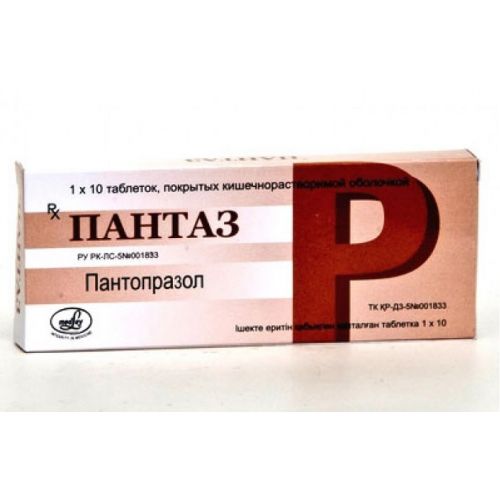
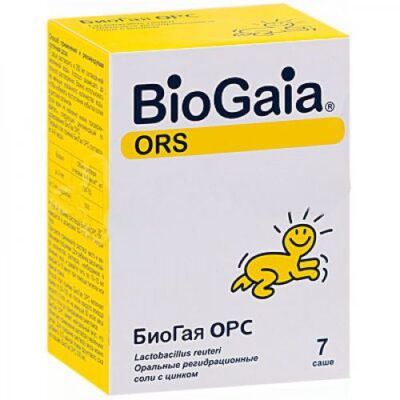
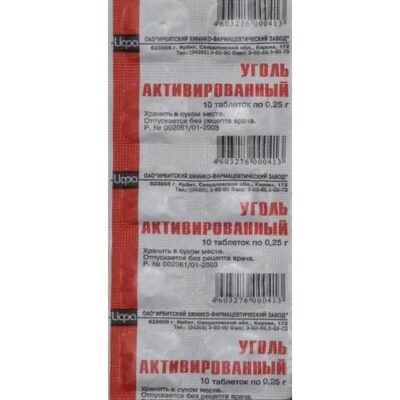
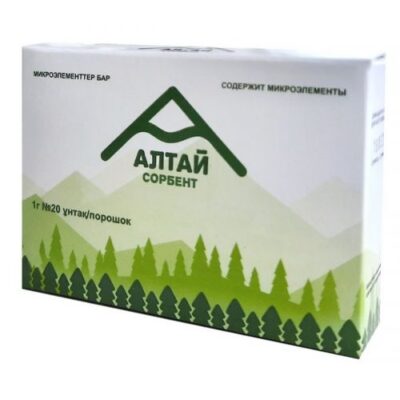
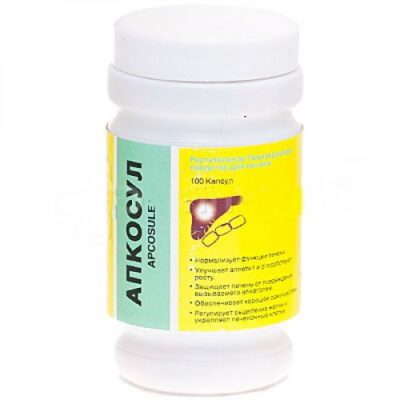
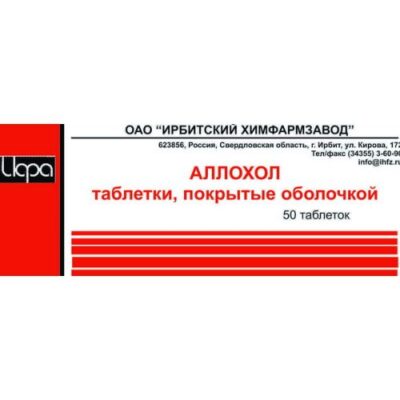
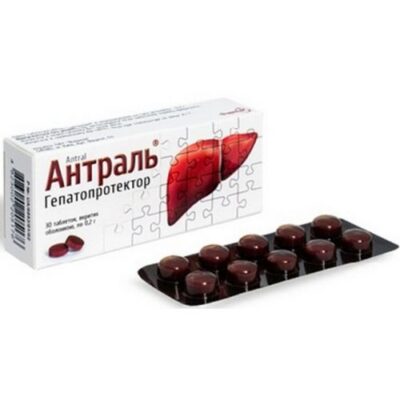
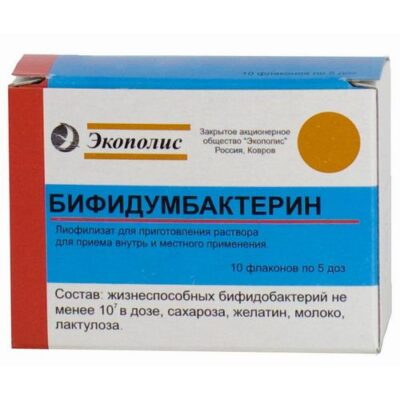
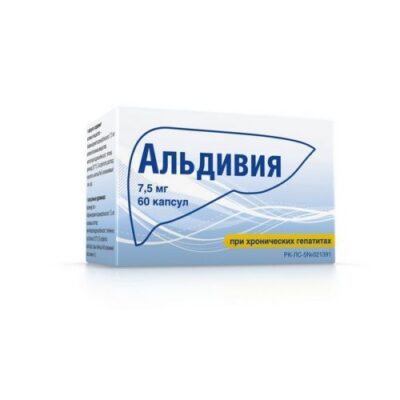
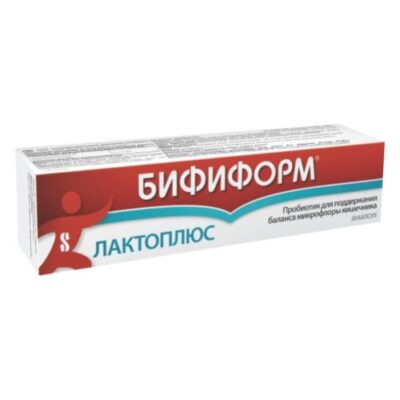
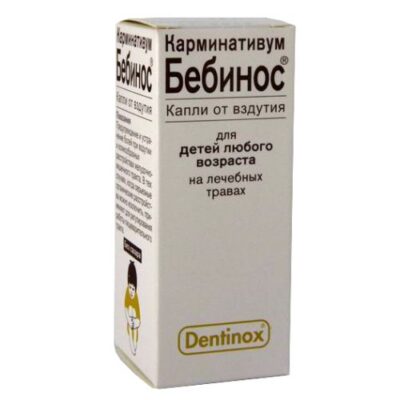






Reviews
There are no reviews yet.